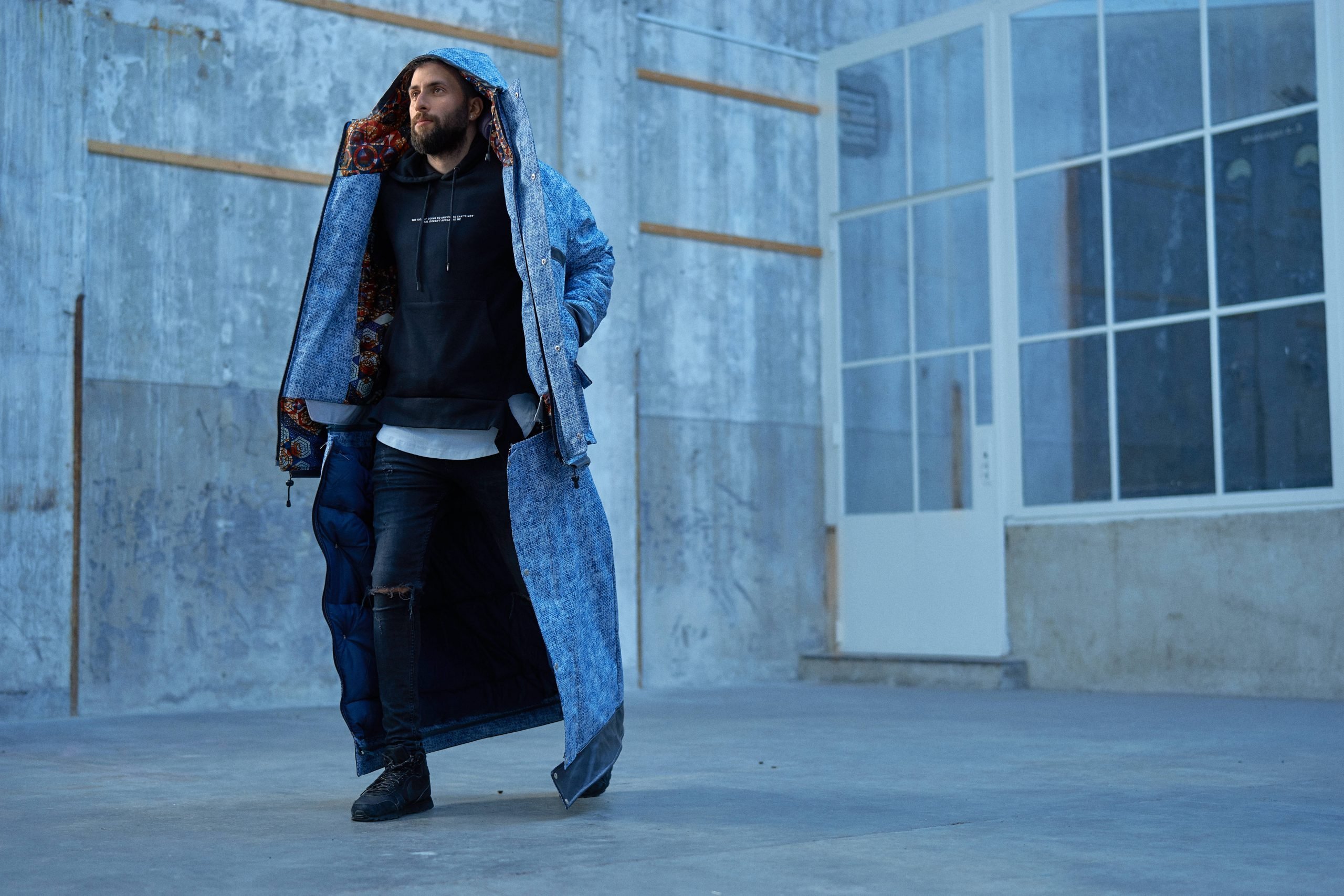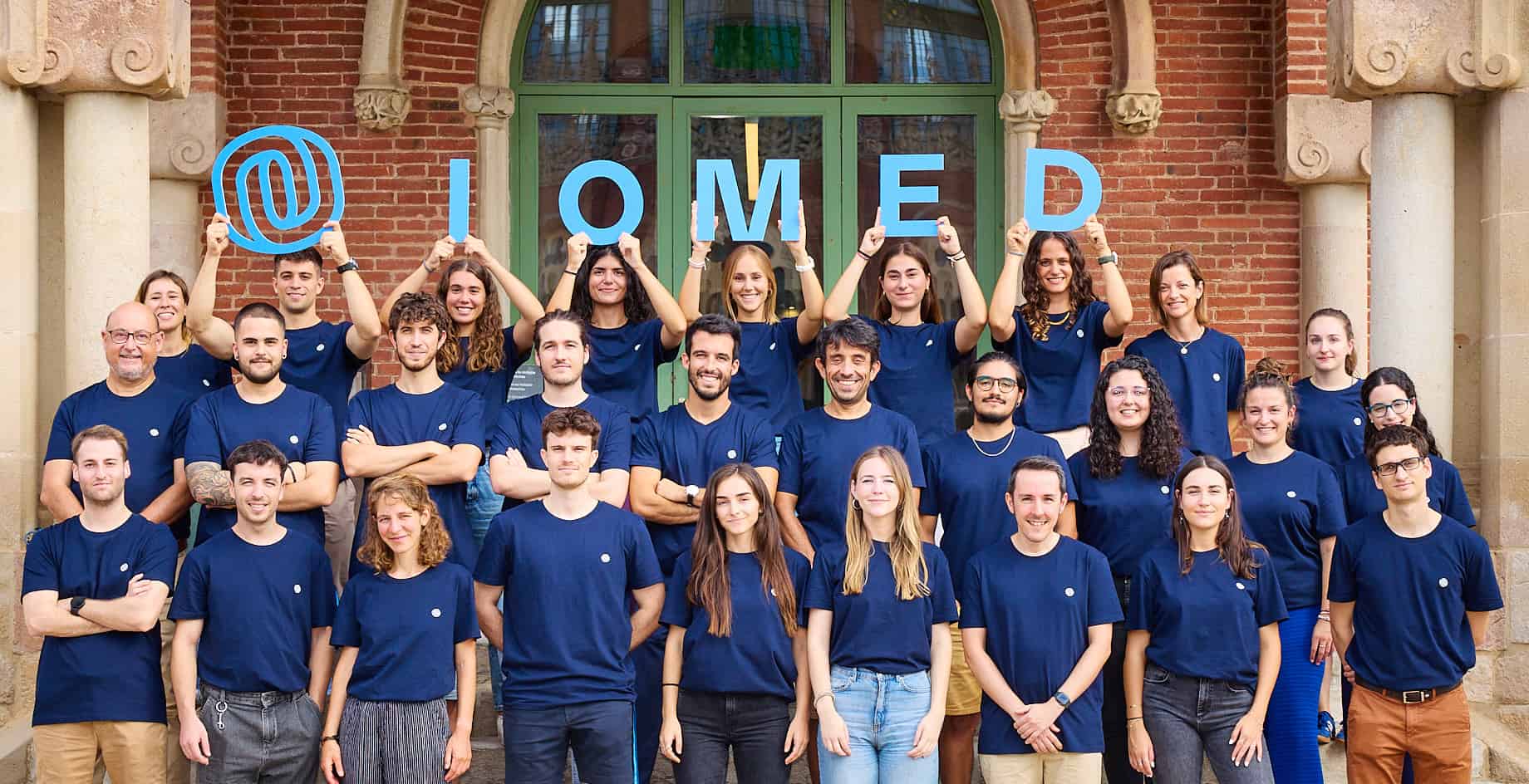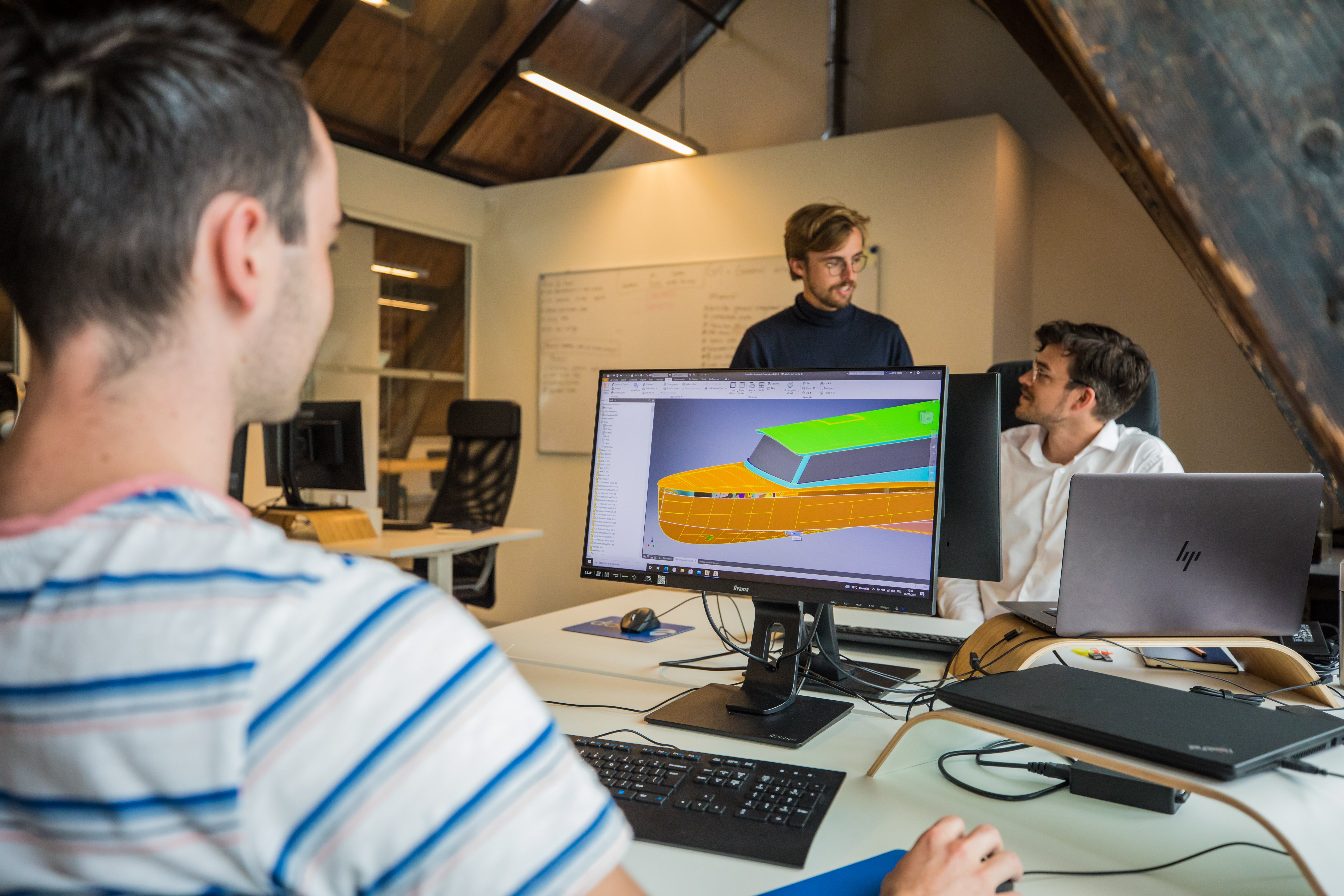
Keep your distance and stay at home as much as possible. That’s the urgent advice to all Dutch people right now. Far from ideal, yet still feasible for most of the population. But what if you don’t have a home? The Enschede-based Sheltersuit has been trying to offer a warm night to as many homeless people as possible with their special suits since 2014. But they have been putting in overtime since the corona crisis.
We spoke to board member Youp Meek. In 2016, Meek became involved in the organization as a volunteer and as part of the board is nowadays responsible for sales, although that’s a term they don’t like to use. “I have to make sure there’s enough money coming in to manufacture Sheltersuits,” he explains.
What is a Sheltersuit?
“It’s a jacket with a detachable sleeping bag. The sleeping bag goes in a bag during the day so you can use the jacket in the usual way. There’s a zipper that goes around the waist where you can attach the sleeping bag part. We’re able to give the suits to those who need it away thanks to donations.”
How did Sheltersuit get started?
“Bas Timmer founded Sheltersuit in 2014 when the father of two of his best friends suddenly became homeless and died on the streets of Enschede. Using his background in textiles, he then came up with the Sheltersuit. This happened at the same time as the refugee crisis. A lot of people who fled from Syria and Eritrea joined us as volunteers. These are frequently people who have a long history in the garment industry, so are quite capable of making extremely high quality clothes.”

What makes Sheltersuit so unique?
“We have three core values: emergency aid, employment and upcycling of materials. The suit is made for people on the street, made by people with an extraordinary background, and from leftover materials too. That threefold approach makes it unique.”
Where do you get those leftover materials from?
“We use tarpaulin for the outer fabric and old sleeping bags for the lining. We pick them up at festivals, for example, or get them via donations. A year ago we did a fundraiser together with Tubantia (a regional Dutch newspaper, ed.) About 15,000 sleeping bags were brought in then. People can now donate sleeping bags at branches of the goodwill store “Het Goed.”
What’s your team like?
“We have a team of about sixty people in the atelier, seven of whom are on the payroll. These are all former refugees who have moved on to paid work. There’s a team of volunteers around them. For example, we have a 73-year-old grandmother who used to work behind a sewing machine and who now works two mornings a week. That’s great for the dynamics in the group.”

What impact is the corona crisis having on Sheltersuit?
“Homeless people should all be inside right now, except they don’t have a home. And there’s not enough shelter available. We’ve never received so many requests as in the past few weeks. Municipalities just don’t know what to do. We provide as many suits as we can for free.”
What have you been able to provide so far?
We’ve approached lots of shelters and asked them if they could use some suits. Any suits we had in stock have been handed out. Except demand far outstrips supply. We need to expand our production in order to be able to meet this demand, though we do need extra money for that. We did a rough calculation, Here in The Netherlands we need 2500 to 3000 suits and have already handed out about 700. We’re looking to see if we can get help from funds or other agencies so that we can accomplish this.”
What is the main challenge for Sheltersuit?
“Social entrepreneurship. For us, social impact is our top priority. Sometimes, when things aren’t going so well, it’s a bit difficult not to look at your company from a commercial point of view.”
How have the reactions been so far?
“They’re quite a neglected target group. Whenever you give homeless people something made especially for them, it really means a lot to them. People also tend to have simple views when it comes to homeless people. As in: ‘he must be on drugs’ or ‘he’s made his own choice’. Even though you frequently come across some very poignant stories.”
Have you ever tested out a Sheltersuit yourself?
“Yeah. I have to say it’s pretty heavy. If you’re not used to sleeping outside, it’s quite a challenge physically. You get bruises because your body’s used to lying on a mattress.”
What does Sheltersuit aspire to?
“Ultimately, our ambition is to operate globally but make an impact locally. We’ve been in New York since September last year. In America, the problem of homelessness is obviously enormous. There is no social safety net over there at all. We have also been active in South Africa since March. We have a summer version of the Sheltersuit over there, a kind of cocoon with a mat. It’s our goal to work this way all over the world so that we can keep the whole world warm.”
You can read more IO articles about start-ups here.








